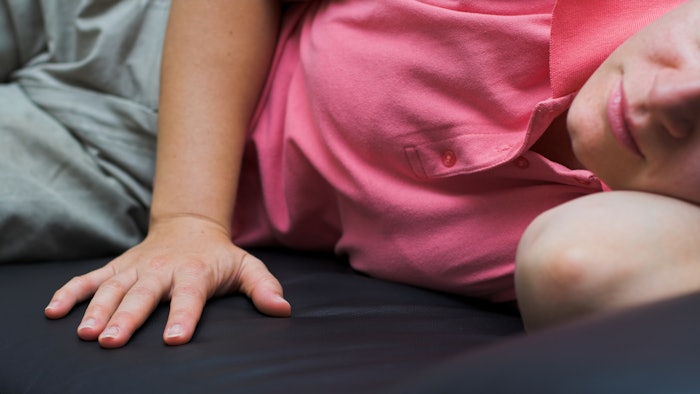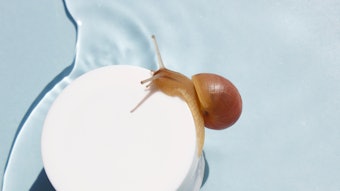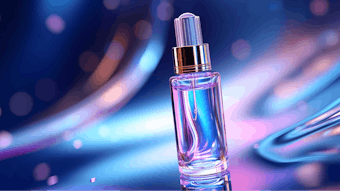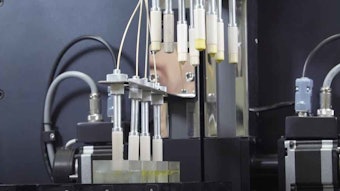
A recent study published in Joule describes a device that can pull energy from sweat secreted by the user’s fingertips, even while the user is asleep.
The researchers explained self-powered wearable systems that rely on bioenergy harvesters commonly require excessive energy inputs from the human body and are highly inefficient when accounting for the overall energy expenses. A harvester independent from the external environment in inactive states has yet to be developed.
In the research, a touch-based lactate biofuel cell was presented that leverages the high passive perspiration rate of the fingertips. Powered by finger contact, the bioenergy-harvesting process can continuously collect hundreds of millijoules (mJ) of energy during sleep and without exerted movements, representing an efficient approach when compared with on-body harvesters, according to the authors.
To maximize energy harvesting, complementary piezoelectric generators were integrated under the biofuel cell to further scavenge mechanical energy from the finger presses. The harvesters can reportedly rapidly and efficiently power the sensors and electrochromic displays to enable independent self-powered sensing.
Although the harvested power is tiny, according to a report by ZME Science, it is still enough to power some health and wellness wearable electronics such as glucose meters for people with diabetes. The study authors concluded the passive perspiration-based harvester establishes a practical example of high energy return on investment for future self-sustainable electronic systems.
Previously: Beauty, Sleep and the Impact of COVID-19: A Survey










